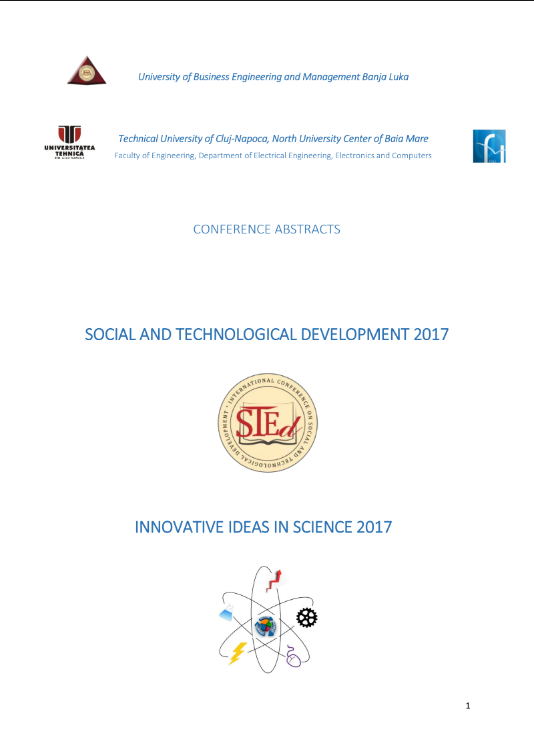
This is an open access article distributed under the Creative Commons Attribution License which permits unrestricted use, distribution, and reproduction in any medium, provided the original work is properly cited.
This work presents computer simulation of mold filling and crystallization for a two-blade drill bit steel billet. Drawing-based models of a two-blade drill bit and its detachable casting mold were developed by SolidWorks. The developed solid model was transferred to the ProCAST program. The preliminary stages of a drill bit cast molding computer simulation were drill bit fillet and its casting mold materials specification, components contact surfaces creating, types of contact surfaces specification, heat conduction coefficients specification for each contact surface and boundary condition specification (melt temperature, pouring speed, pressure and weight). Cast mold filling process with steal 20XN (state standard 4543-71) was simulated. Casting crystallization was studied. Time-depend temperature distribution in the casting and molding were studied. The elastic-visco-plastic model was used for stresses distribution study into the casting. The metal molding was considered as an absolutely rigid body for calculation simplification. The highest residual stresses were observed in the grooves between drill bit blades. Means of residual stresses decreasing of a cast billet were proposed.
The statements, opinions and data contained in the journal are solely those of the individual authors and contributors and not of the publisher and the editor(s). We stay neutral with regard to jurisdictional claims in published maps and institutional affiliations.